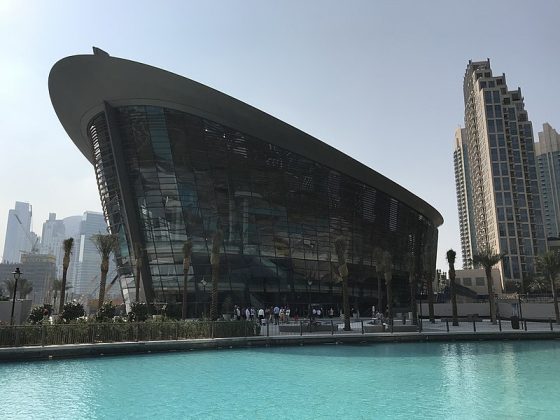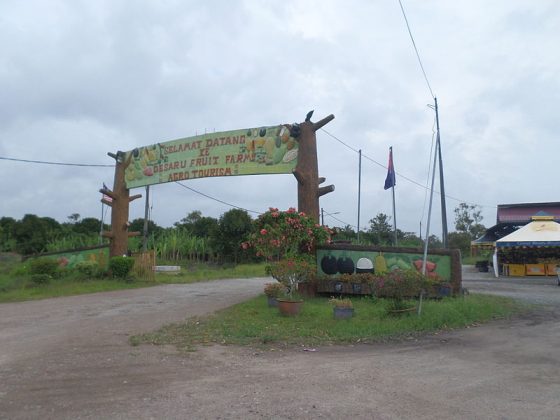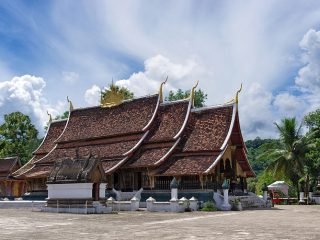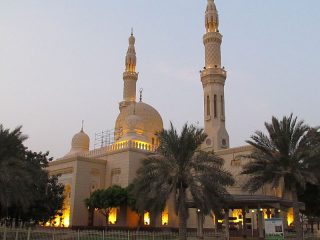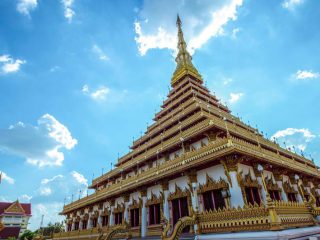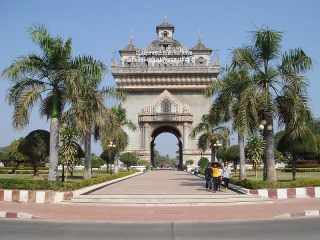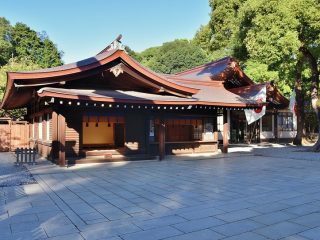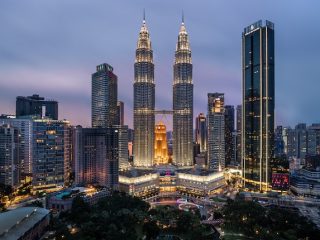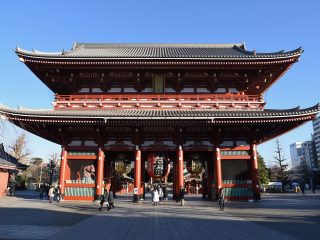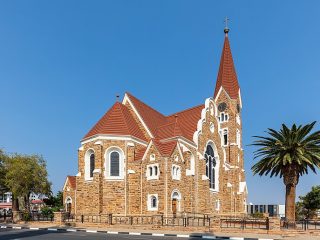Pre Rup Temple stands as a captivating fusion of history, artistry, and spirituality, inviting travellers to step back in time and immerse themselves in the world of the ancient Khmer civilization. As you explore its intricate architecture, experience its magical play of light, and sense its spiritual resonance, you’ll be transported to a bygone era where the past seamlessly melds with the present.
A Glimpse into the Past
Located within the illustrious Angkor Archaeological Park in Cambodia, Pre Rup stands as a testament to the ancient Khmer civilization. Dating back to the 10th century, this stunning temple is a prime example of Khmer architecture and culture during the reign of King Rajendravarman II. Its name, “Pre Rup,” translates to “Turning the Body,” symbolizing the ritual of cremation and funerary ceremonies that took place here.
Architectural Grandeur
Pre Rup’s architectural brilliance captivates visitors as they explore its imposing structure. Constructed entirely of brick and laterite, the temple showcases the distinctive Khmer temple-mountain design, with ascending tiers that represent Mount Meru, the cosmic mountain in Hindu mythology. The central tower, surrounded by smaller prasats, features intricate carvings and ornamental motifs, providing a visual feast for art enthusiasts and history aficionados visiting and staying at a boutique hotel in Siem Reap the likes of Anantara Angkor Resort.
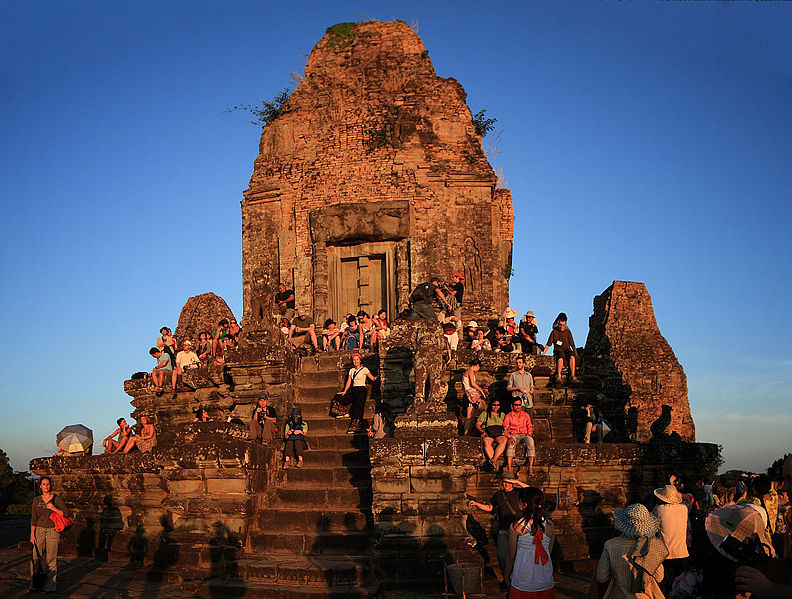
The Play of Light and Shadow
Pre Rup’s strategic orientation makes it a mesmerizing sight during sunrise and sunset. As the sun’s rays cast enchanting hues upon the temple’s reddish-brown stones, the monument comes alive with a magical aura. Visitors often gather to witness this natural phenomenon, where the interplay of light and shadow highlights the temple’s architectural details, evoking a sense of wonder and awe.
Spiritual Significance
While Pre Rup is renowned for its visual splendour, it also holds deep spiritual significance. Dedicated to the Hindu god Shiva, the temple served as a venue for royal rituals and ceremonies. Visitors can still see remnants of linga and yoni, sacred symbols representing the divine union. The ascent to the central tower was likely a symbolic journey towards spiritual enlightenment, further enhancing the temple’s spiritual essence.


